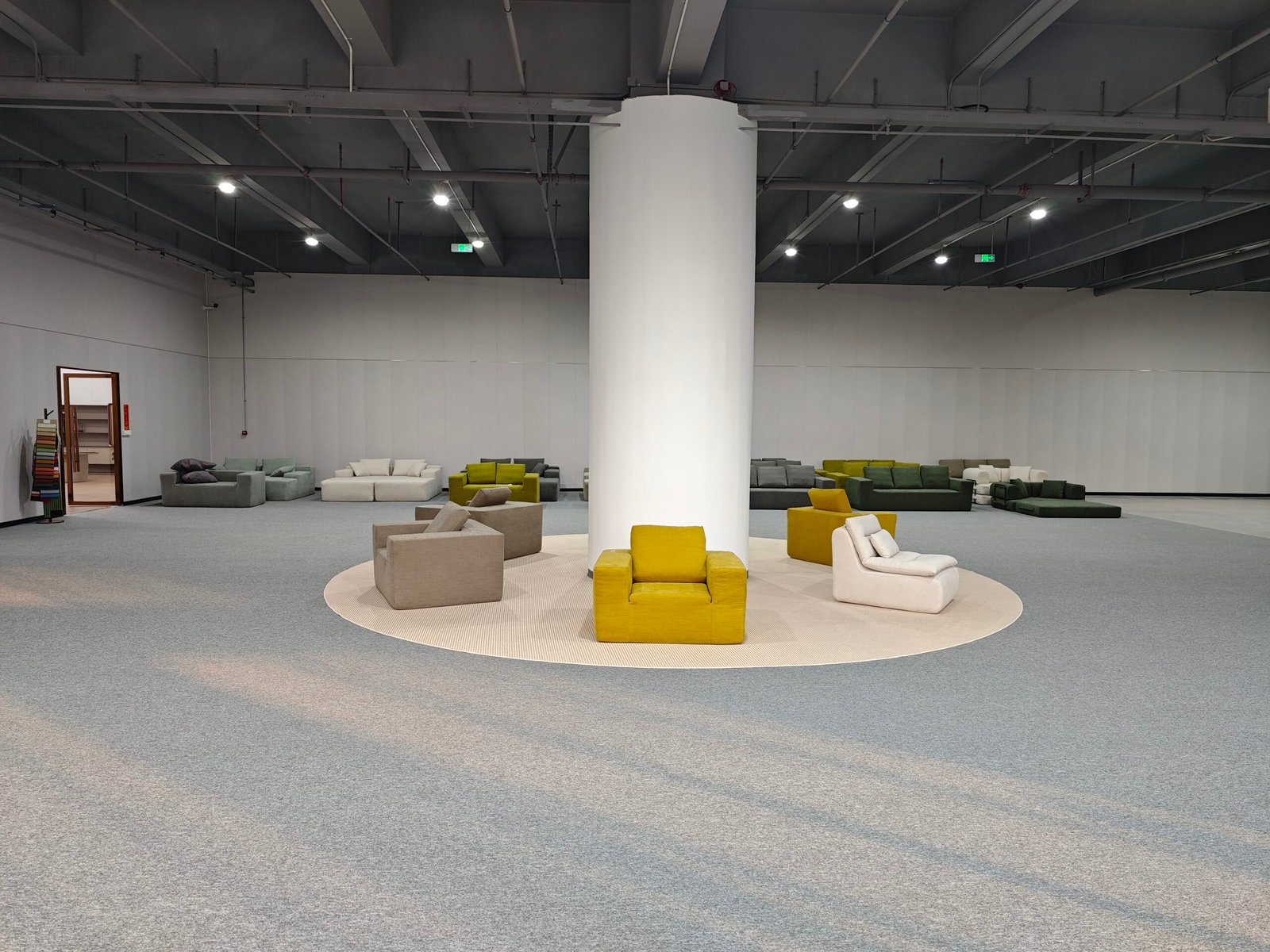
Compressed sofas are built for modern life—but how do they actually reach customers? Where do smart sellers go to move inventory fast?
Compressed sofas are sold through online marketplaces, brand websites, physical stores, B2B wholesale, home improvement chains, trade shows, and even social media—each with unique advantages.
Choosing the right channel depends on your target customer, logistics capabilities, and marketing goals. Let’s walk through them all.
Are online marketplaces the best choice for reaching consumers?

Fast, global, and scalable—online platforms changed how we sell furniture. But are they ideal for compression sofas?
Yes. Marketplaces like Amazon, Wayfair, and Walmart offer massive reach, lower entry barriers, and fulfillment support for compressed sofa sellers.
Key Advantages:
- Global exposure with millions of active buyers
- Logistics-ready: integrate easily with FBA or third-party warehouses
- User trust: built-in reviews, ratings, and buyer protection
- Low upfront costs compared to opening a store
But be ready for platform fees, tight margins, and fierce competition. Price and reviews matter more than anything here.
Should brands sell directly through their own websites?
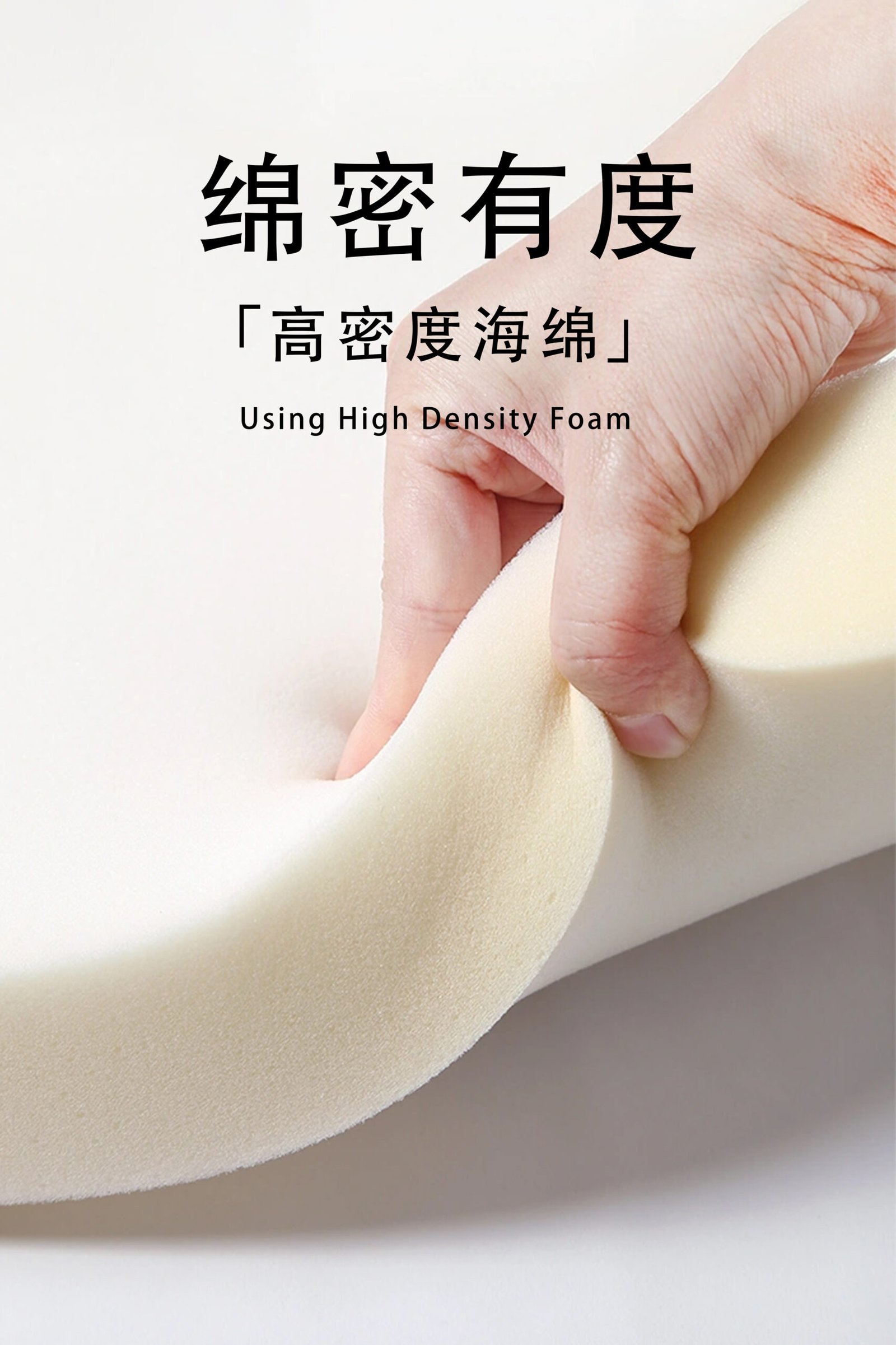
Want full control and better margins? Selling direct might be the answer.
Brand-owned e-commerce websites offer personalized experiences, higher profit margins, and stronger customer relationships.
Why DTC Works:
- No middlemen = better margin
- Brand story control: show videos, explain features, upsell
- Customization options: fabric, size, modules, etc.
- First-party data: email lists, retargeting, lifetime value tracking
At HSM, we help our B2B partners build landing pages and Shopify stores to reduce Amazon reliance and increase repeat orders.
Do brick-and-mortar furniture stores still matter?

Online is convenient—but for some buyers, nothing beats seeing and sitting on the sofa first.
Furniture showrooms provide a tactile, try-before-you-buy experience that builds trust and drives in-store conversions.
What They Offer:
- Visual displays: styled rooms help shoppers imagine ownership
- Staff support: personalized advice boosts buyer confidence
- Local delivery: faster than cross-border online shipping
- Upselling opportunity: matching tables, rugs, pillows
This is especially useful for higher-ticket compression sofas or buyers unfamiliar with the format.
Can home improvement stores be a furniture channel?
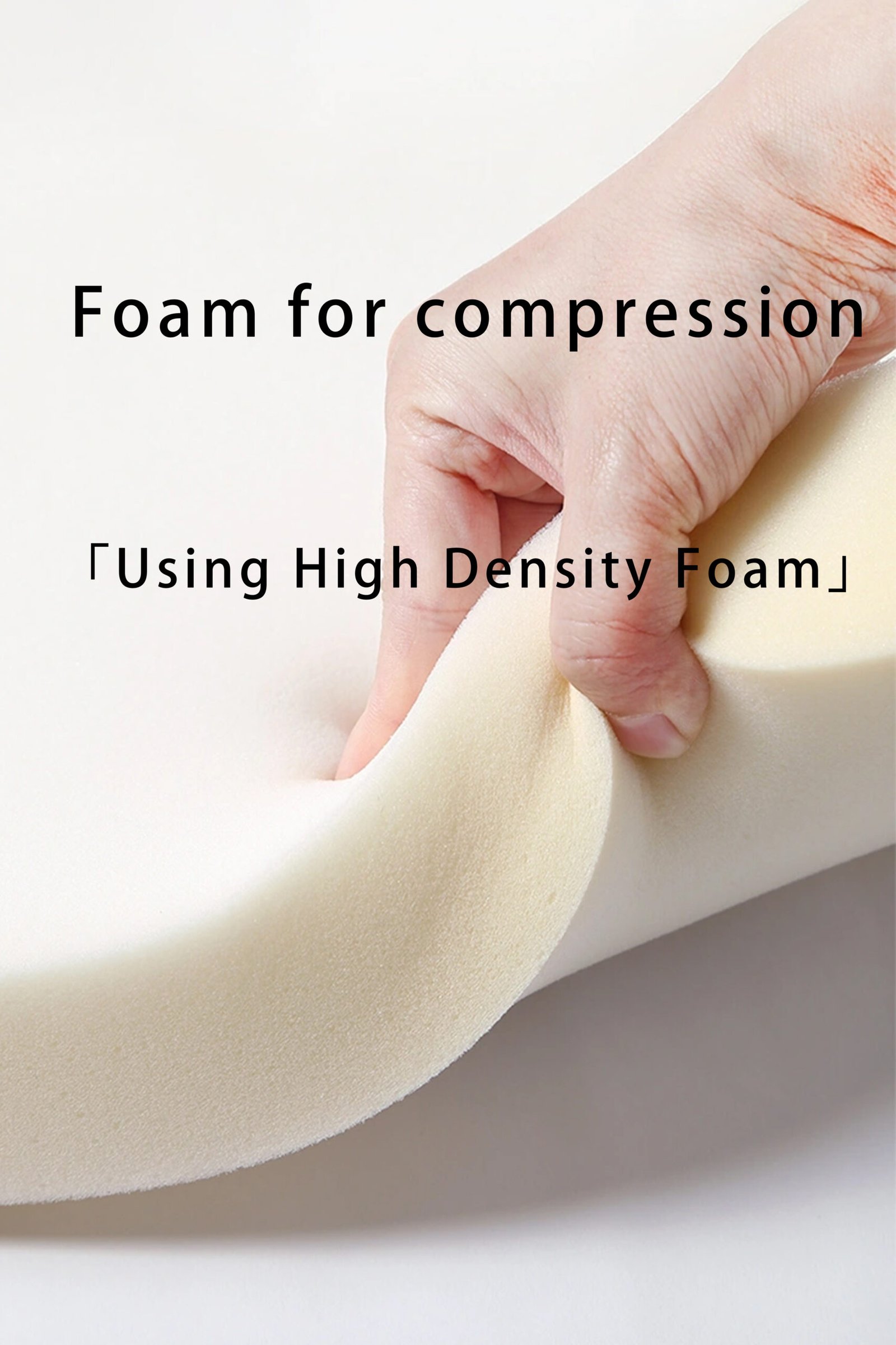
Yes—especially when shoppers are already upgrading their space.
Retailers like Home Depot and Lowe’s are increasingly stocking compressed sofas to offer bundled home solutions.
Benefits include:
- Impulse buys from walk-in foot traffic
- Seasonal promotions tied to home remodeling
- Warehouse-style stocking: perfect for flat-packed sofas
- Display integration with shelving, paint, and flooring ideas
This strategy works best when targeting DIY customers, landlords, and budget-conscious shoppers.
Are specialty furniture stores worth targeting?
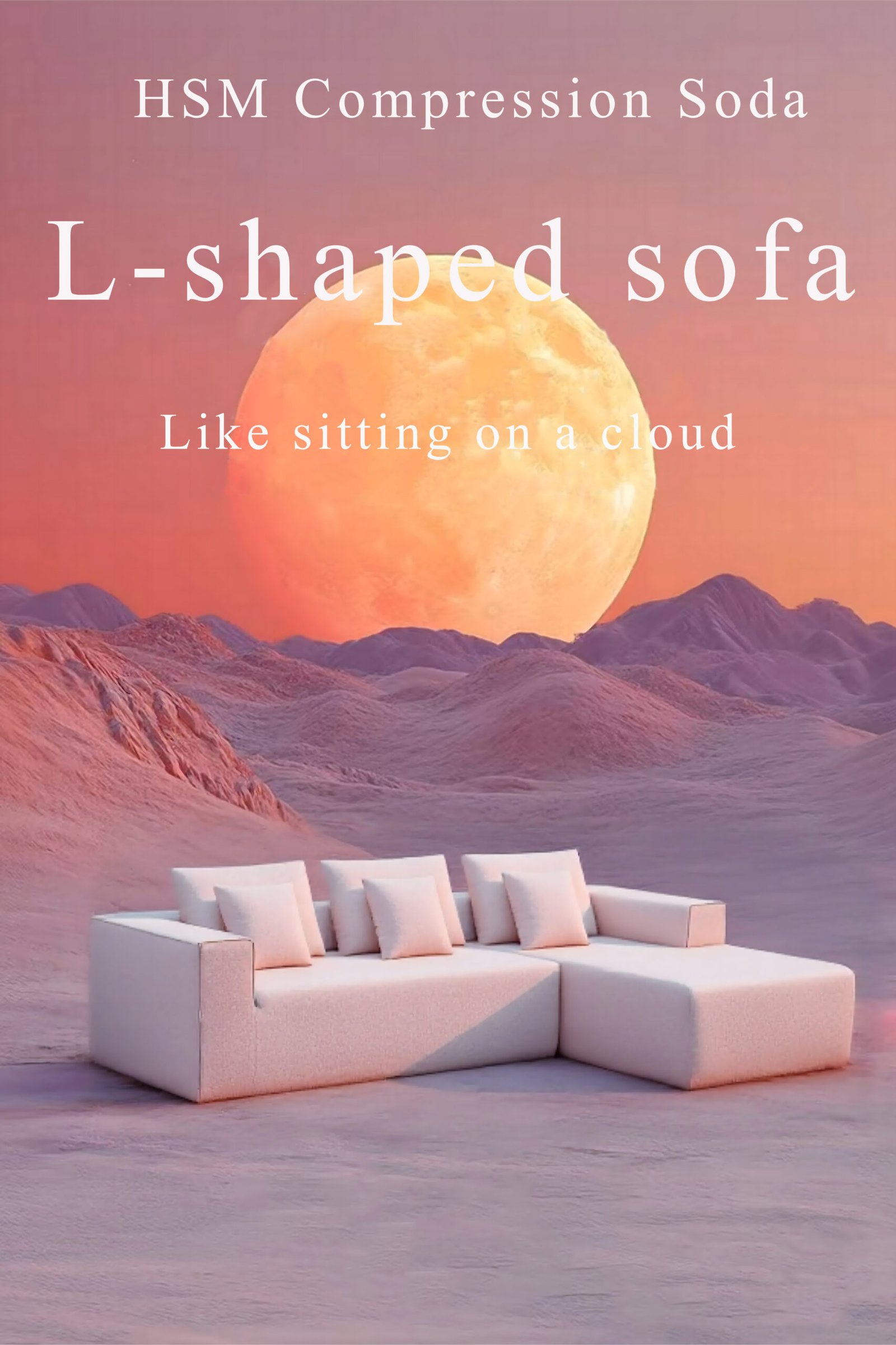
Stylish, small, and focused—these shops attract the modern minimalist. But do they buy in volume?
Specialty retailers that focus on small-space or multifunctional furniture are ideal for premium compressed sofa models.
These stores are:
- Curated: only stock innovative, well-designed pieces
- Trend-focused: serve younger, urban customers
- Staff-trained: can explain compression features clearly
- High-trust: customers rely on expert recommendations
They may not place huge orders, but the branding boost is worth it—especially for new or premium lines.
How important are wholesale distributors in this market?
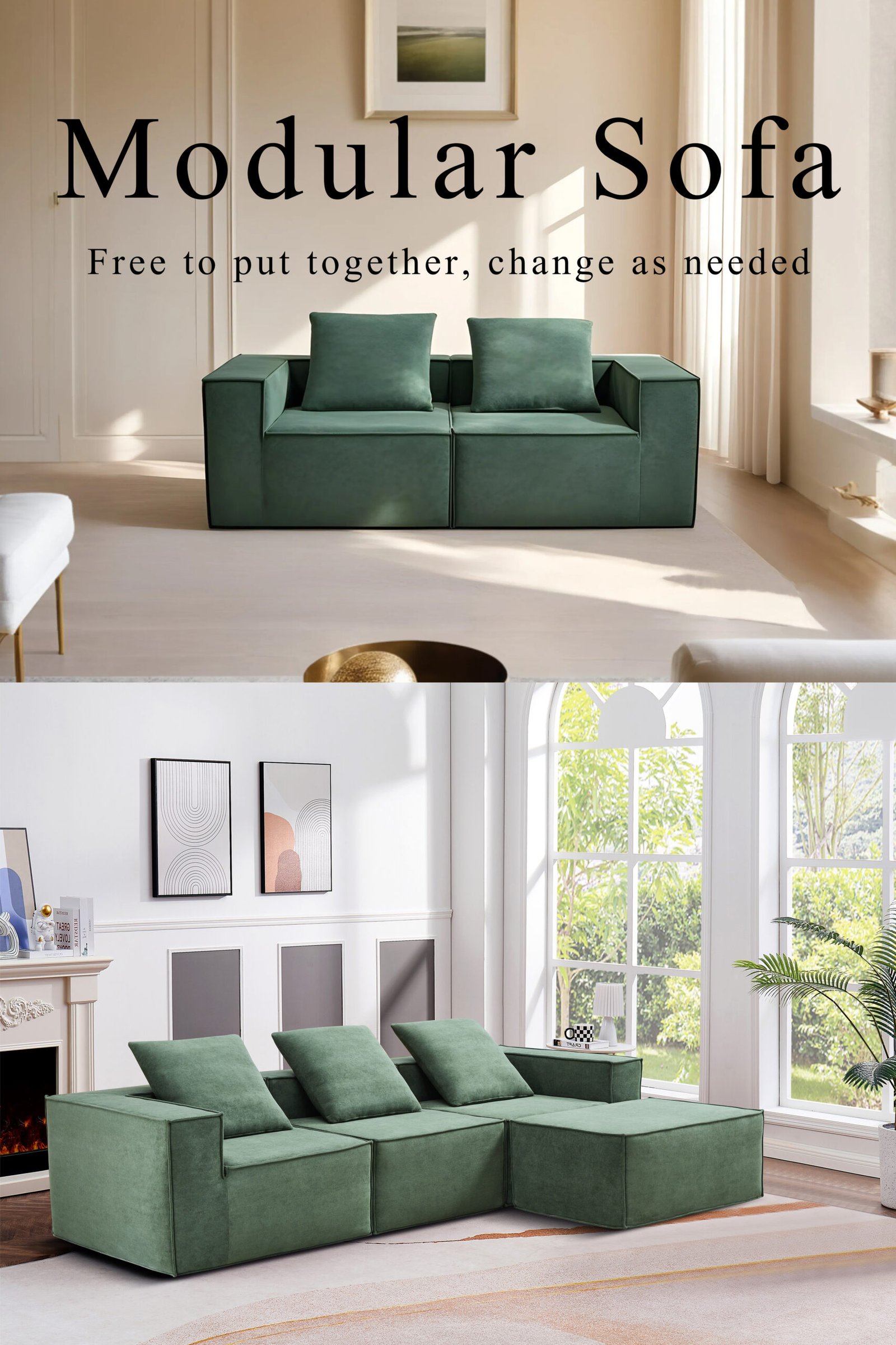
Not every sale goes straight to a customer. Sometimes, it goes through four hands first.
Wholesale channels help manufacturers move bulk orders into multiple retail outlets at once—ideal for scaling distribution.
Wholesale Pros:
- Lower MOQ per retailer (they bundle shipments)
- Inventory movement across many storefronts
- Steady orders through long-term B2B contracts
- Distributor support: warranty, returns, and customer service
Wholesale partners may take a 20–40% margin, but they can help brands enter chain stores, regional markets, and foreign territories faster.
Are trade shows and exhibitions still worth it?
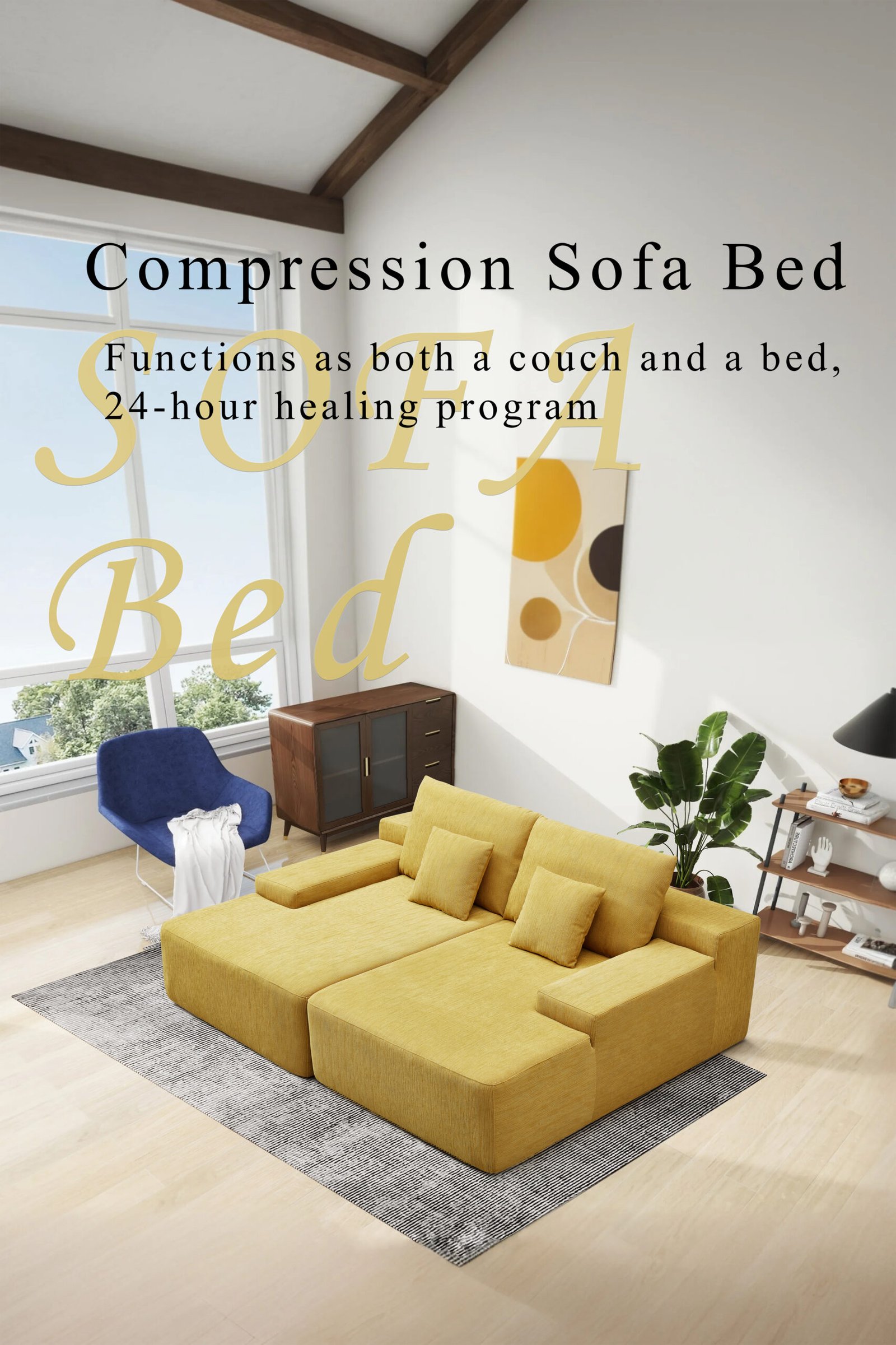
Sofas sell better when people can sit on them. That’s what expos are for.
Trade shows like CIFF, IMM Cologne, or High Point Market remain top-tier channels for B2B networking, brand exposure, and bulk ordering.
Why they work:
- Touch and test: get feedback from real buyers
- Network with retailers and international distributors
- Launch new designs and gauge interest live
- Media and PR buzz from featured booths
We always recommend showcasing compact packaging demos—buyers love seeing the sofa go from box to beauty in 30 seconds.
Can you really sell sofas on social media?
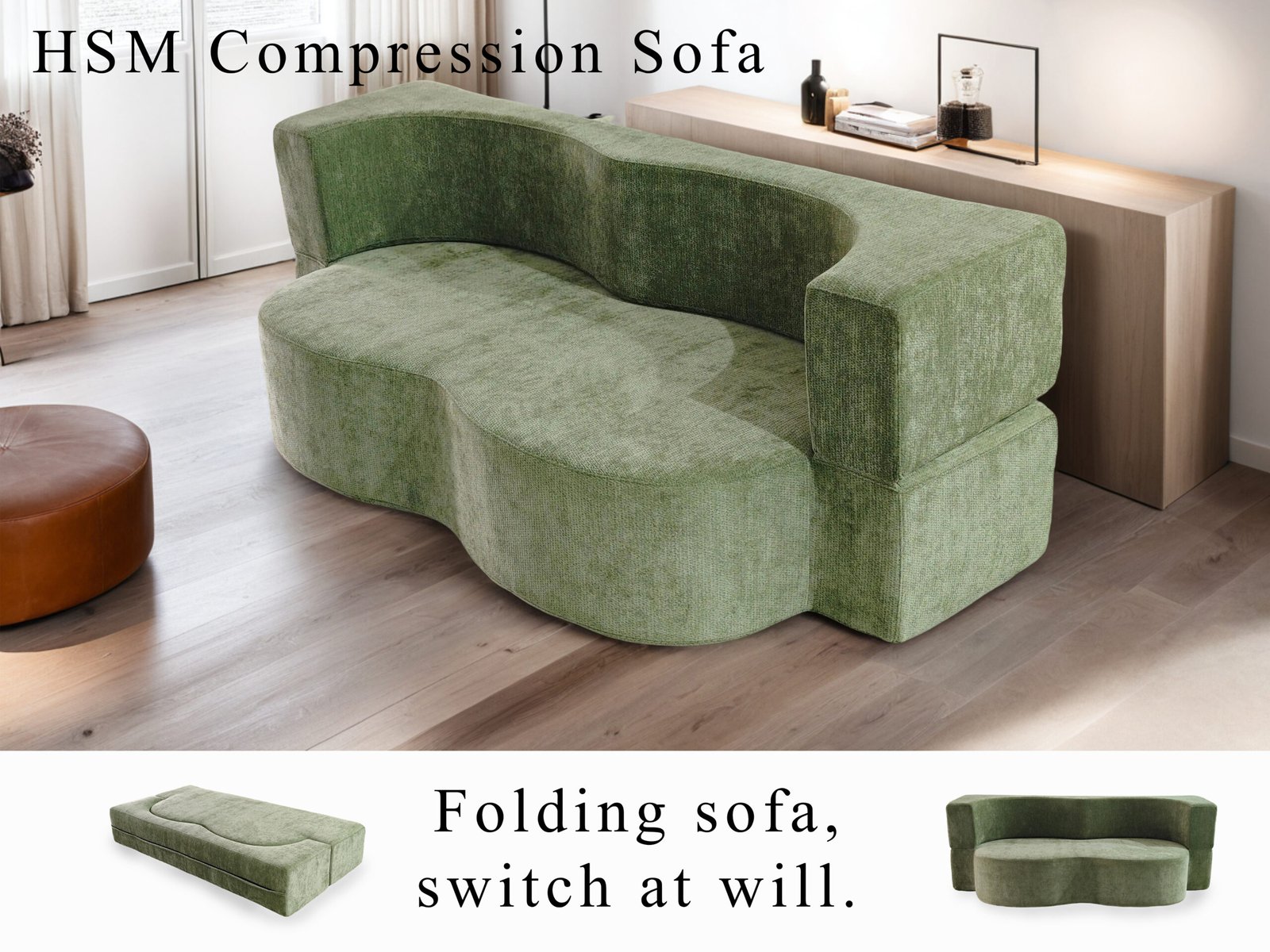
Yes—and not just through ads. Social platforms are driving real sales.
Instagram, TikTok, Facebook Marketplace, and Pinterest are powerful platforms for visual storytelling, discovery, and direct purchases.
Why Social Sells:
- Lifestyle content: shows how sofas fit into real homes
- Influencer partnerships: boost trust and reach
- Live video demos: build engagement
- Quick DMs = fast sales on Facebook Marketplace and Instagram Shops
This is especially effective for limited drops, seasonal sales, or targeting Gen Z buyers who live on mobile.
Conclusion
Compression sofas can be sold across many channels—from Amazon to Instagram to showroom floors. Each route fits different strategies. The smartest brands use a mix to stay visible, agile, and profitable.